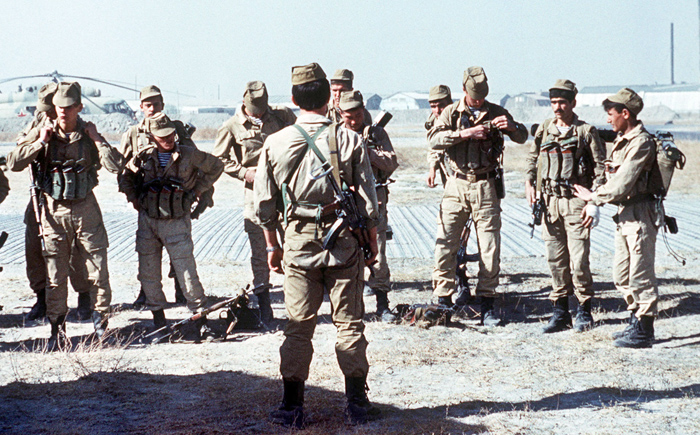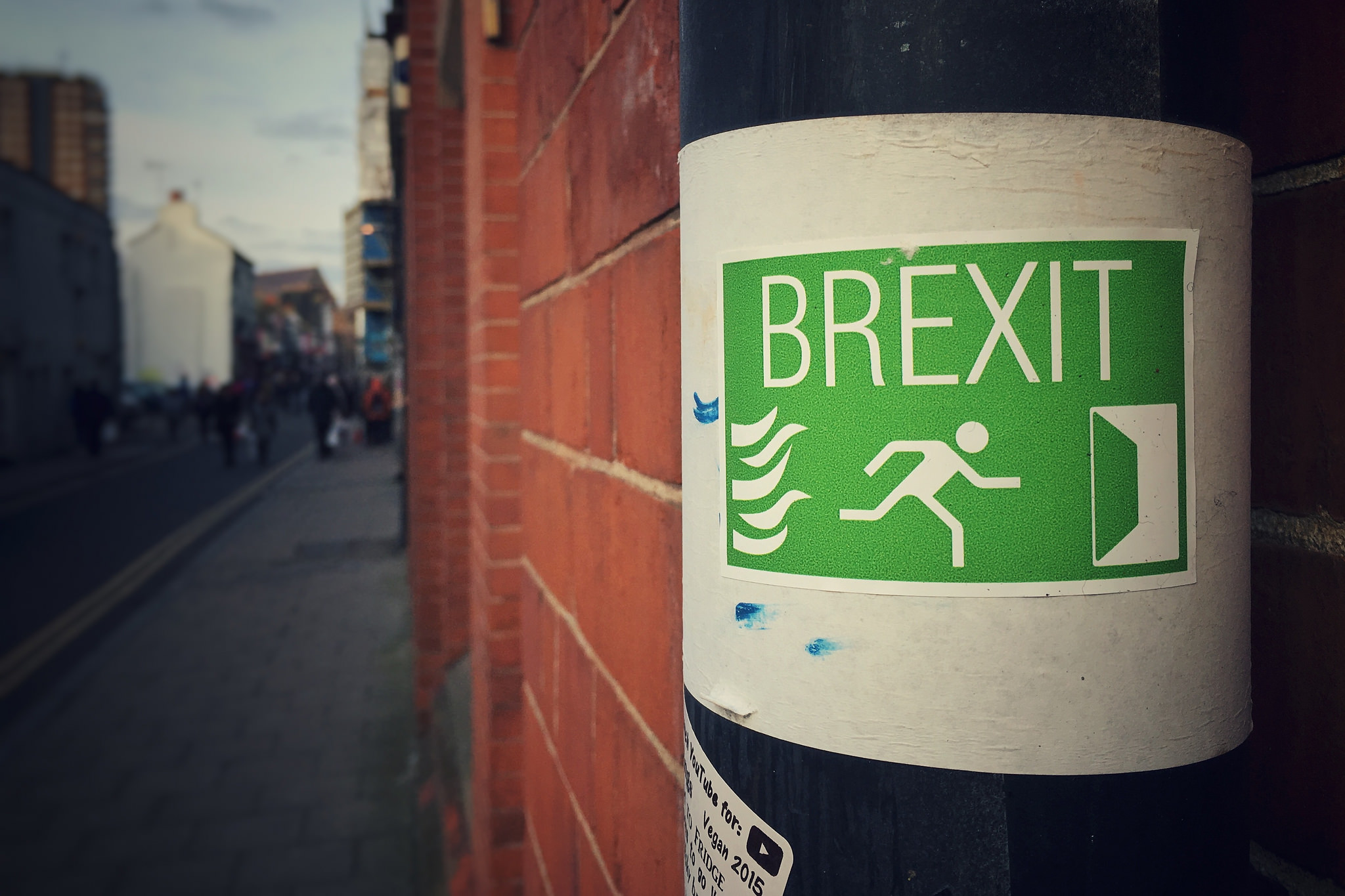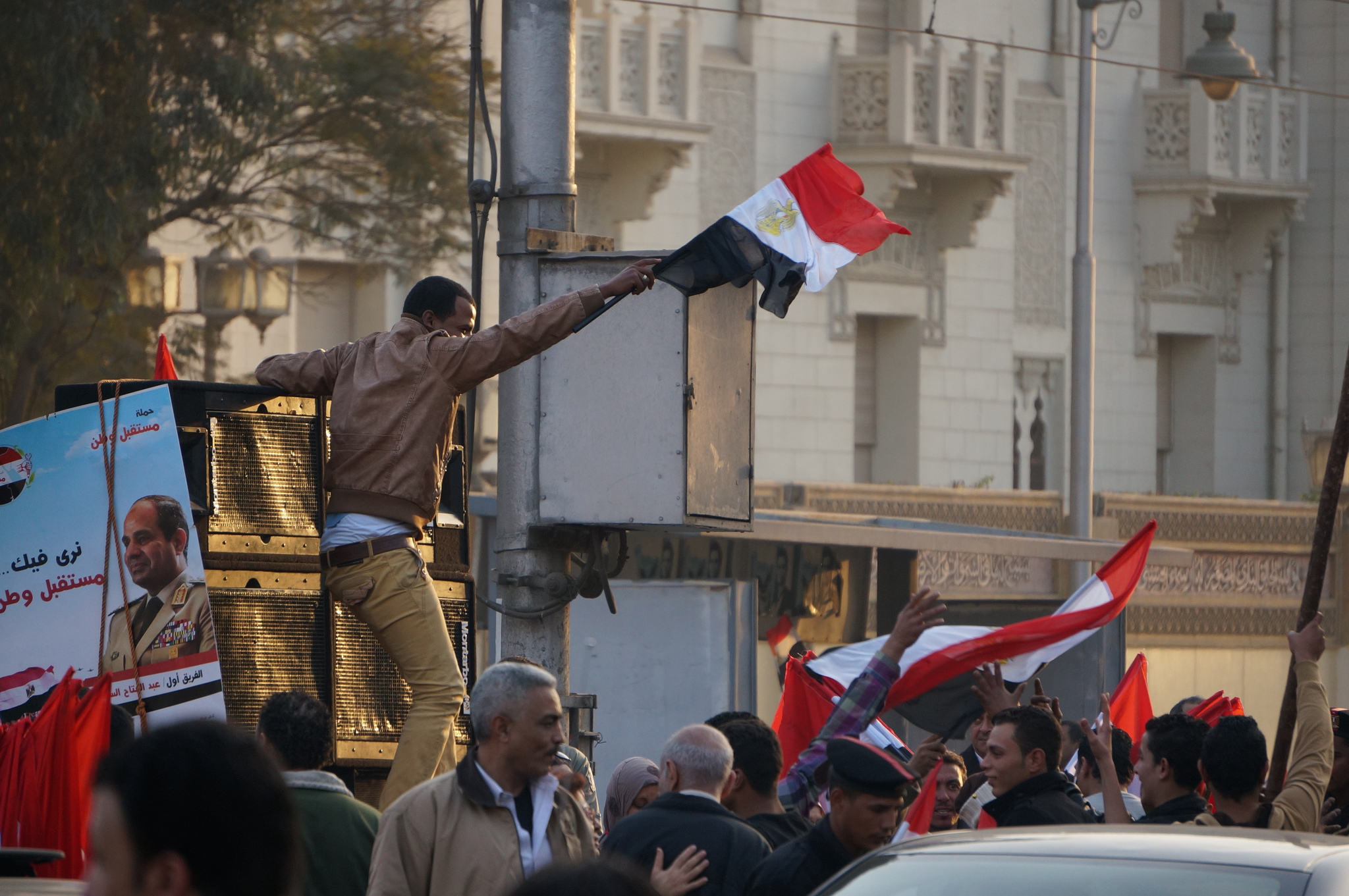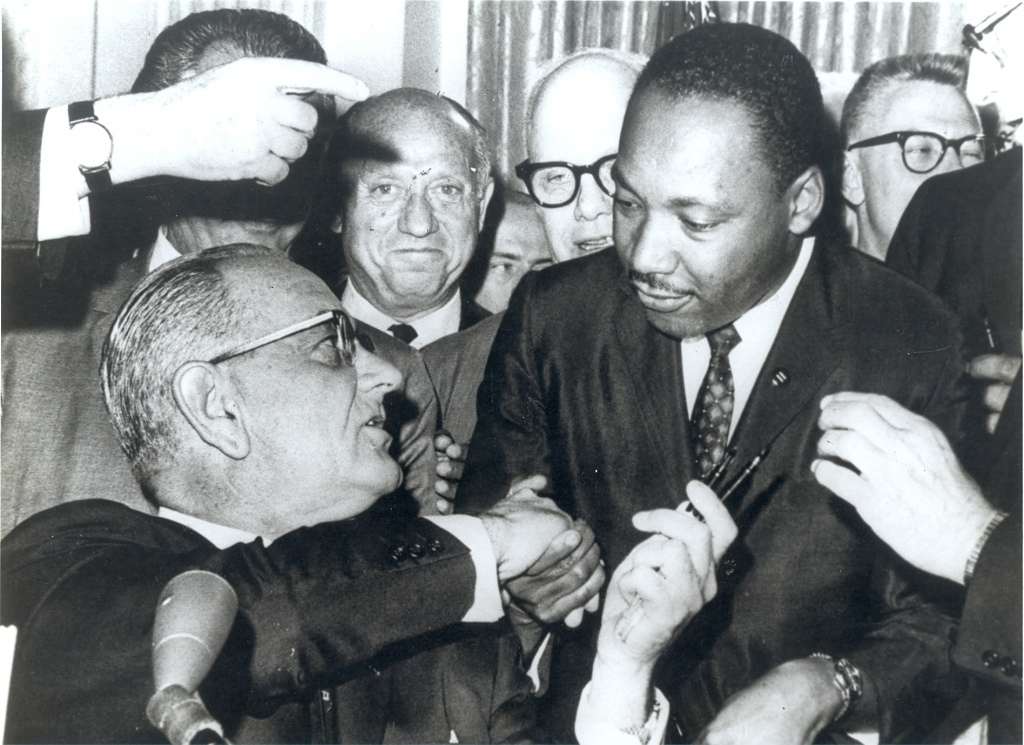By Oliver Kaplan for Denver Dialogues

A group of people gather together in a town square. Suddenly, they all drop dead.
With recent prominent acts of police and extra-judicial killings (in Ferguson, New York, Mexico, and elsewhere), this past year has seen a surge in what are known as “die-in” protests. In regular “sit-in” protests, activists occupy a space and chant slogans. In “die-ins,” activists dramatically (re-)enact scenes of violence in their quest for accountability and an end to violence. These mobilizations are clearly attention-grabbing, yet we know relatively little about their nature and impact. I briefly explore how die-ins work and why they are potentially so powerful.
There are different types of die-ins, but they usually share the common elements of being dramatic and creative (re-)enactments of past or likely future harms where the participants figuratively “drop dead” on cue. They can be part of scheduled protests or can be spontaneous flashmobs. In variants, protestors may shout messages or use signs to add context to the physical scenes being acted out. They can also involve pictures of victims (as well as images or effigies of the dead), coordinated dress, outlining bodies in chalk on the pavement, and simulations of killings, such as mock execution lines or firing squads (the tactic of self-immolations by Tibetan monks and others could be considered an extreme form of die-in protests). They are especially designed to take events that are hidden and occur out of sight—such as secretive massacres or disappearances—and bring them into the public eye.
The power of die-ins comes from the ability to mobilize them quickly and with few resources yet still have an outsized effect on public attention. They are relatively easy to do since they don’t require many people and just need coordination and a shocking plotline. And, given their heightened drama relative to regular protests, when combined with a camera or phone and an internet connection they make prime content to share on social media and Youtube (after all, what good is a flashmob if it doesn’t live on the internet for posterity?). Whether watching die-ins in person or on video, it’s hard not to have an emotional reaction. They make the violence seem more real and the coordinated and unexpected action by the protestors communicates the deep solidarity they have with the victims and their families. The message is also not dependent on slogans or bounded by a particular language since the imagery of dying is universal and transcends culture.
Die-ins are often aimed at several target audiences. The first target is the perpetrators or killers (or other would-be killers). The defiant die-in helps break the fear among the population and calls these perpetrators out as cowards. Second, they are targeted at officials in positions to take action—those who might hold perpetrators accountable and work toward systemic change. Third are the bystanders (national or international) who could be mobilized to help press the cause and pressure the first two categories of actors. With these commonplace targets, many die-ins may resemble other protests. But the irony invoked by the die-in—taking the original harmful action and turning it into a symbol of solidarity and criticism—works like a rhetorical trap to amplify the message. It holds a mirror up to the perpetrators and to society to underline the depth of the wrong committed and the massive scale of outrage over it.
Many die-ins have been visible over the past year, but the tactic has earlier origins. Die-ins were first used in the 1960s and 1970s against the Vietnam War and as part of the campaign against nuclear weapons and energy (see this RAND study). The following news report describes a die-in from Scotland in 1983:
“The protest follows a mass ‘die in’ by more than 3000 people in the centre of Glasgow yesterday. When amplifiers in a city square broadcast the sound of sirens and a mock bomb blast, the participants fell to the ground. Many wore paper bags over their faces to mock the nuclear survival techniques advocated by the British Civil Defence authorities.”
Die-ins have subsequently been adapted to diverse causes, including environmental movements, just access to AIDS pharmaceuticals, and ending the Iraq War.
In the past decade, there has been a revival of die-ins. In some instances, they have been used by communities in armed conflict settings as a nonviolent strategy to seek autonomy from the warring parties and demand accountability. Like fighting fire with fire, the protestors counter the terrorists’ tactic of instilling public fear by mobilizing the public against them. I was a participant-observer at one such die-in in Colombia in 2007 as part of the 10-year anniversary of the founding of the San José de Apartadó Peace Community. The community ran a mock funeral procession with mock coffins and photos of the victims—their killed relatives—to protest ongoing violence primarily by paramilitary forces, but also by guerrilla and state forces. These more recent die-in protests differ from the anti-nuclear die-ins in that they are usually focused on specific aggressors and specific victims of past events, as opposed to the future and more diffuse threat of nuclear attacks or disasters.
Die-ins have also been similarly used against other forms of repression and injustice, including police brutality and extrajudicial killings by non-state actors. In the U.S., die-ins have been staged around the country in recent months in response to Michael Brown’s death in Ferguson, MO (and subsequent failure by the grand jury to convict the officer involved) and Eric Garner’s death in New York, both at the hands of police officers. In addition to protestors falling to the floor dead, they have invoked sardonic slogans such as “Hands up, don’t shoot” and #BlackLivesMatter (or wearing hoodies in solidarity with Trayvon Martin as yet another example). The reporting on these die-ins in mainstream news outlets suggests at least some success in gaining broader attention.
I also reviewed the videos of die-in protests posted on the 43 “normalistas” (students) of Ayotzinapa in Guerrero state, Mexico, that disappeared last September (here, here, here, here, here, here, here and here). Although the mystery behind the case persists, evidence points to the Guerreros Unidos drug cartel and the mayor of Iguala and his wife as the likely perpetrators and accomplices. While little action has been taken so far, with tens if not hundreds of die-ins in response, the breadth of actions precisely against this indifference is noteworthy. In one, a protestor shouts “Open your eyes!” to an on-looking public, while another features an extremely realistic (yet fake) killing of a young male in the street in broad-daylight (where the initial indifference of bystanders is also shocking). Yet it is not clear to what effect. Though poignant, most of these videos have relatively few hits—from hundreds to almost 50,000, but still not the millions the organizers probably hoped for. And while Mexican President Enrique Peña Nieto recently dismissed the Minster of Justice, he has largely been able to wait out the public backlash and the die-ins without having to institute major policy changes.
This cursory overview of die-ins suggests they can have multiplicative potential in contexts of violence and injustice. Yet there are still many unanswered questions and a large agenda to explore. Are they ever effective, or can they end up being provocative and lead to retaliation? Can their paths of influence be traced to specific target actors? Are they more effective at drawing attention and generating responses than regular protests? Are their effects enduring? Hopefully die-ins will become scarcer in the future because there will be fewer acts of injustice, but something tells me we will only be seeing more of them.








3 comments
“the tactic of self-immolations by Tibetan monks and others could be considered an extreme form of die-in protests”. Really? Can’t help but think of the aphorism “Boys throw stones at frogs in fun, but the frogs do not die in fun, but in earnest.” Die-in protests are interesting and intriguing but to suggest that they are different only in degree rather than in kind from the Tibetan self-immolations demands a much further explanation or elaboration.
Good insight. The self-immolations certainly exhibit a distinct form of self-sacrifice and commitment. Perhaps a topic for a separate post. Regards,
Reblogged this on stopyourstoryisntoveryet.